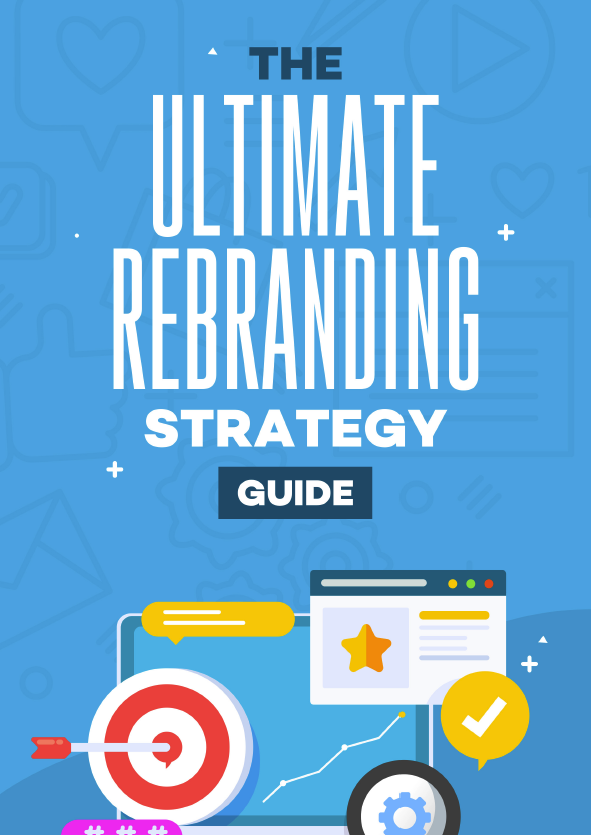Guest Post by Scott Schwertly of Ethos3.
The year was 2005. I had several years of work experience under my belt in the non-profit space and was offered a new position at a very large publishing company. I had wanted to make the non-profit-to-corporate jump for quite some time, so this was a dream come true. In fact, I was willing to relocate over 2,000 miles for the opportunity. New state. New city. New life. It was all very magnetic.
I just couldn’t wait for the fast paced, high pressure, big business culture. Heck, it’s what I dreamed about during my days of grad school while working on my MBA. My day was finally here. I was excited to learn from the best of the best and absorb the hustle. And, it was electric…for a few weeks.
Once the bright lights faded, I experienced that which plagues a lot of corporate America today:
– Disorganization
– Red tape
– Lack of clarity
– Team conflict
And, one of the biggest pitfalls in our business landscape – the inability to present ideas.
I witnessed presentation after presentation, internally and externally, where presenters simply wandered about with their thoughts placing little to no value on structure and flow.
I realized right then and there that my colleagues and everyone else in the world needed a blueprint – a starting point or guide, if you will – something that would remove the mystery of public speaking.
That’s when I started to put together options to outline business presentations. The end result: a handful of super effective content templates that win the hearts and minds audiences every single time. And, I would like to share one of those structures with you now. It’s a simple 5 stage approach consisting of the following:
How to Structure a Presentation
Stage 1: Tease
This first stage is all about hooking the audience. You’ll want to start by unpacking the current climate of the market or your industry. Next, you want to creatively transition into the problems that exist and how your product or service plans to resolve those issues.
Stage 2: Unveil the Mystery
During Stage 2, you’ll want to share your 3 biggest talking points or “golden nuggets.” Keep in mind, the best presentations embrace the Rule of Three. Just think about it. Aristotle taught that the best presenters should have ethos (character), pathos (passion), and logos (logic/evidence). He also encouraged the idea of having a beginning, middle, and end. Building from that same logic, you should only have three points because the human brain works like this: 1, 2, 3…I forget.
Stage 3: Inform & Ignite
This is the core of your talk where you will walk the audience through your 3 main points and back them with supporting claims.
Stage 4: Lockdown
This next to last section is the easiest of the batch. You will simply review the 3 main points you addressed in Stage 2.
Stage 5: Launch
Everything should build up to this climatic moment where you make your final ask. Every presentation should have a sense of purpose and mission so be sure to include your call-to-action. What is the next step for your audience? Are they supposed to buy something? Purchase a book? Call you back? Set up a meeting? Make sure what you want from them is radically clear. Nothing should be left unclear or grey.
Tell them what you are going to say. Say it. Tell them what you just said. It’s that simple.
If you are looking for additional resources and ways to outline your presentation, be sure to check out my Presentation Mentor online course where I provide simple and effective techniques just like this one.
Author Bio
Scott Schwertly is the CEO of Ethos3, a Nashville, TN-based presentation boutique providing professional presentation design and training for national and international clients ranging from Fortune 500 companies to thought leaders. If Scott is not working with his team building presentations, you will find him in the pool, on the bike, or on a long run. Scott lives in Nashville, TN with his wife, their two kids, and bull terrier. He has a B.A. and M.B.A. from Harding University. Follow the conversation and connect with Scott on LinkedIn or Twitter.

